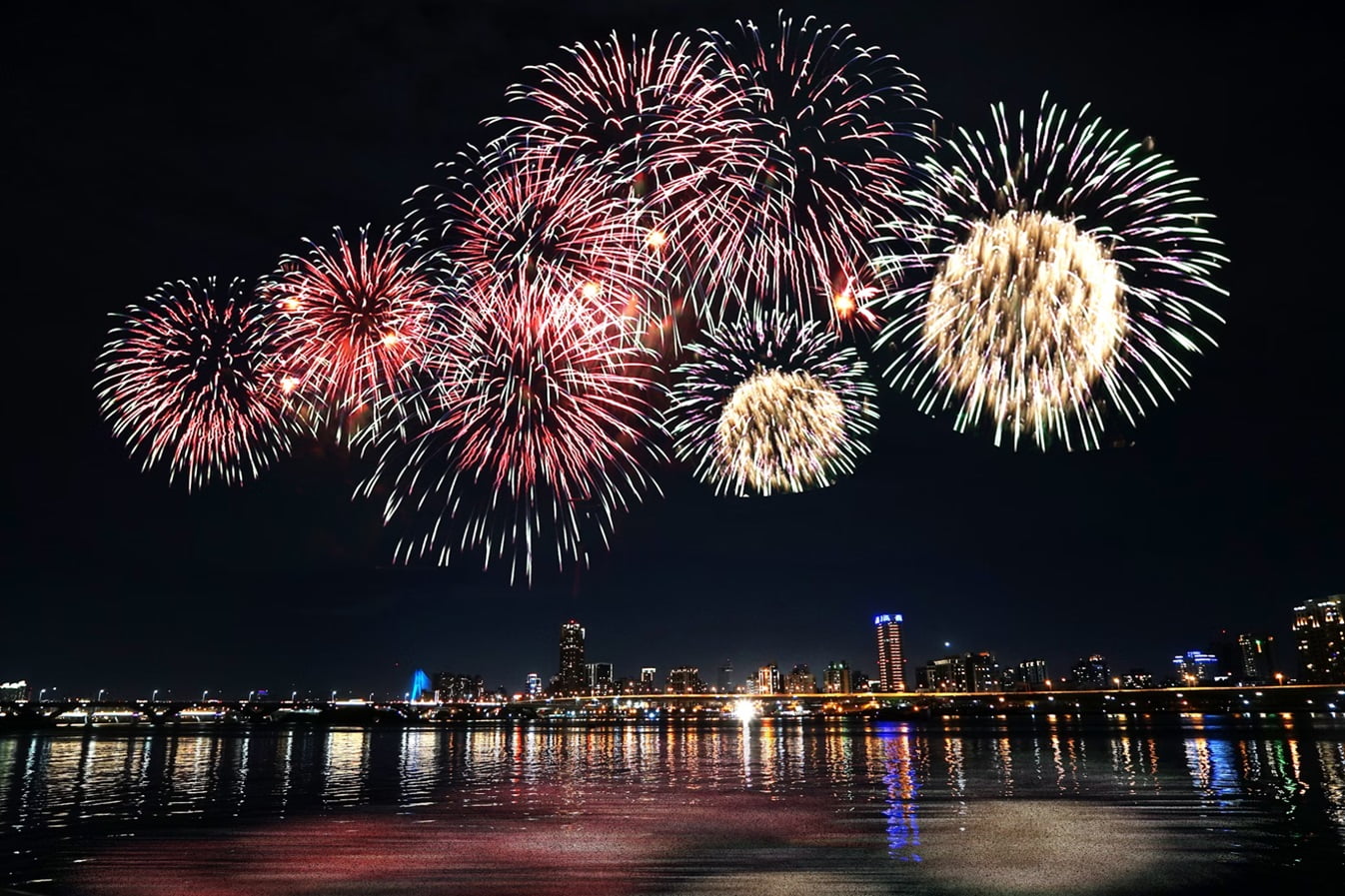
Do you love the dazzling displays of fireworks that light up the night sky during special events? If so, then you’re probably wondering how they work. In this blog post, we will explore the science behind these beautiful explosions.
We will discuss the chemical reactions that create the vibrant colors and spectacular patterns in fireworks written from the perspective of the best firework company in Charlotte. By understanding the science behind fireworks, you can appreciate them even more!
The Basics Behind The Reaction
Fireworks are created using a variety of chemicals. These chemicals are combined in order to create the desired effect. The most common chemical used in fireworks is potassium nitrate. This substance is a key ingredient because it provides the oxygen that is necessary for the fire to burn.
Other common chemicals used in fireworks include charcoal, sulfur, and magnesium.
When these chemicals are combined, they create a reaction that produces light, heat, and sound. This reaction is what causes the fireworks to explode. The explosion happens when the molecules of the chemicals combine to form new molecules. This process is called combustion.
The Colors in Fireworks
Have you ever wondered why fireworks are different colors? It all has to do with the different chemicals used. For example, if sodium is added to the mix, then the firework will be yellow. If barium is used, the firework will be green. And if copper is used, the firework will be blue.
The Sound of Fireworks
Fireworks are not only beautiful to look at, but they also make a lot of noise! The sound is produced by the explosion of the fireworks. The pressure from the explosion causes the air to vibrate. This vibration creates sound waves that we hear as noise.
How Fireworks are Made
Fireworks are made by combining two types of chemicals: fuel and an oxidizer. The fuel is usually a solid or liquid chemical that burns easily. The oxidizer is a chemical that provides the oxygen needed for the fuel to burn.
When these two chemicals are mixed together, they create a chemical reaction. This reaction produces heat, light, smoke, and gas. The heat and gas build up inside the firework until there is too much pressure. When the pressure gets too high, the firework explodes!
How Close Should You Get?
This is something especially important for parents to be thinking about. You want to be close enough to see the beauty of the fireworks, but you don’t want to be so close that you get hurt.
The explosion of a firework can create temperatures as high as 2,000 degrees Fahrenheit! That’s hot enough to melt glass.
The explosion can also throw burning pieces of the firework in all directions. These pieces can travel at speeds up to 200 miles per hour. So it’s important to be aware of your surroundings and stay a safe distance away from where the fireworks are being set off. For ground-based fireworks, stay at least 35 feet away. For aerial, at least 150 feet.
What Makes Each Firework Different?
Now that you know a little bit about how fireworks are made and how they work, you might be wondering what makes each firework different. After all, they pretty much look the same when you see them in person. But there are actually a lot of different types of fireworks, and each one has its own unique purpose.
Fireworks can be divided into three general categories: shells, mines, and comets. Shells are the most common type of firework. They’re also the largest and most expensive to produce. Mines are similar to shells, but they don’t have a shell casing. Comets are small spheres that contain a lifting charge that propels them into the air where they burst open and create a shower of sparks.
Shells usually contain multiple charges that create different effects. The first charge is responsible for lifting the shell into the air. The second charge is called the time delay charge. This charge delays the explosion of the shell so that it doesn’t explode until it reaches its peak altitude. The last charge is the bursting charge, which is what actually makes the shell explode and create all of those beautiful sparks.
Final Thoughts
Regardless of where we are on Earth, we all love fireworks. Now that we have come to understand more about the science behind fireworks, we can truly appreciate their beauty. So next time you are searching for a Charlotte fireworks display company, think of us first at Munnerlyn Pyrotechnics. A professional fireworks display company like ours will make any evening special. Get a quote here.



